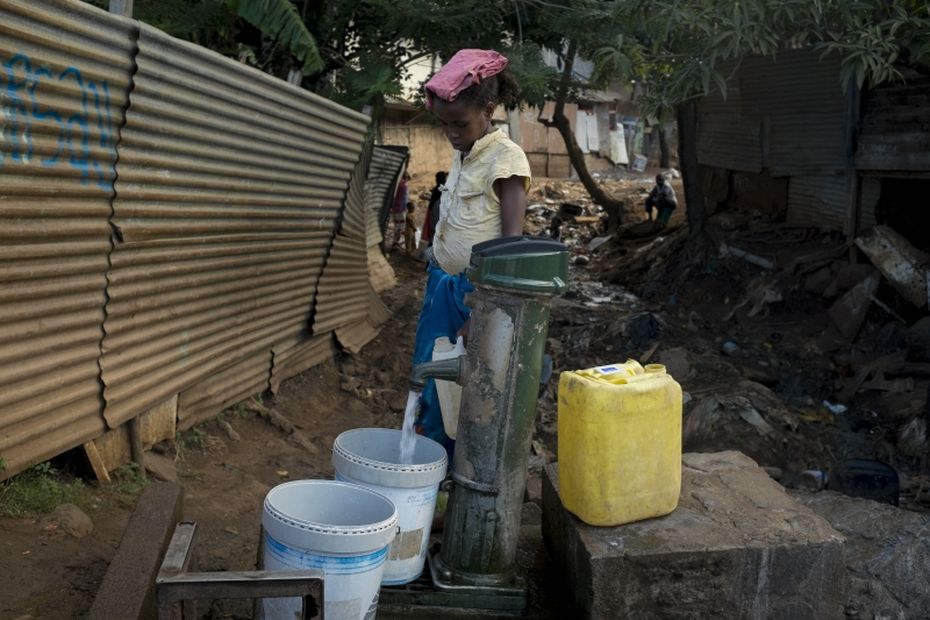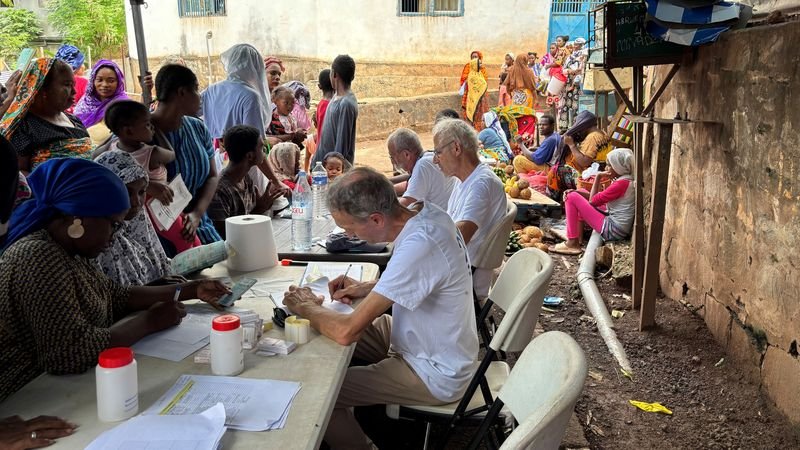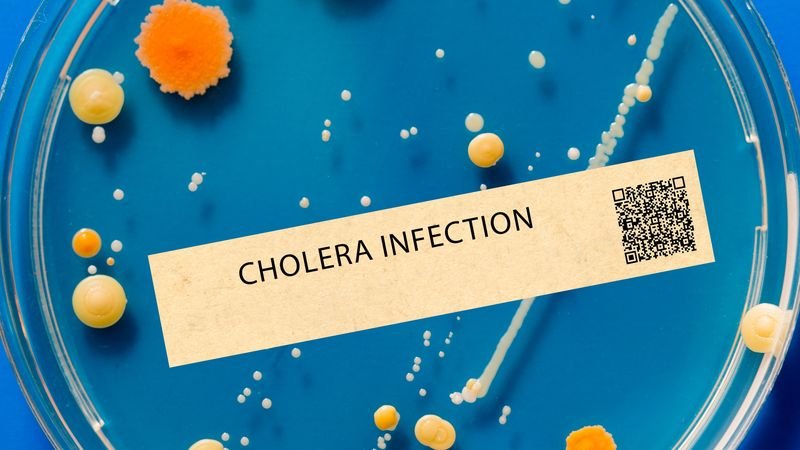78 cases of cholera have been detected in Mayotte since the arrival of the disease in the department on March 19. If water and sanitation issues worsen the situation, epidemiologists want to be reassuring about the risks of a global epidemic on the island.
•
The number of cholera cases continues to climb over the weeks. 78 cases have been detected in Mayotte since March 19, compared to 63 the previous week. While the population is worried about the risk of an epidemic, it is mainly the slums which are exposed according to experts.
- What is cholera?
Cholera is an infectious disease that affects the intestines. It results in vomiting and severe diarrhea and exposes the patient to the risk of dehydration. In severe cases, it can be fatal within a few hours if the patient is not treated in time, as was the case with the death of a three-year-old child in Koungou on May 9.
“The infection, in the majority of cases, is not very symptomatic. In the event of illness, 80 to 90% of episodes are mild or moderately severe and it is then difficult to distinguish them clinically from other types of acute diarrhea“, specifies Santé Publique France. Cholera is treated with antibiotics and rehydration solutions, orally or intravenously depending on the severity of the case.
- How to protect yourself from cholera?
The bacteria responsible for cholera are transmitted through the stools of infected people. In the majority of cases, the disease is transmitted indirectly, by drinking water or eating contaminated food. Simple hygiene measures can protect you from this. “All water that is used must be controlled: bottled water, from the tap or from the network. LHand washing must be regular, particularly after going to the toilet, before cooking, before eating or taking care of your child.“, explains Maxime Jean, infectious disease doctor at the ARS.
- How has the situation evolved in Mayotte?
The first case of cholera was detected on March 19, it was a woman who arrived in Kwassa from Anjouan, where the epidemic has been wreaking havoc since February. In more than a month, only around ten cases were detected, these were patients who were contaminated outside the department. The spread accelerated at the end of April with the detection of the first indigenous cases in the commune of Koungou, that is to say patients who were contaminated without leaving the island. At the same time, the arrivals of health kwassas continued on the coasts of the department.
- Can we talk about an epidemic?
According to the latest report from the Regional Health Agency, 78 cases were detected in total. They are mainly concentrated in the Kirissoni district, a slum in the commune of Koungou. A new indigenous case was also detected at the beginning of the week in Barakani 2, another district of the municipality. “The situation is not critical across Mayotte“, explains Renaud Piarroux, cholera specialist and head of the parasitology mycology department at the Pitié-Salpêtrière hospital. “We can speak of an epidemic in the Kirissoni district.“
The start of the school year this Monday, May 13 in Koungou was placed under the sign of vigilance against cholera
The authorities are focusing on these sectors, carrying out disinfection, awareness and vaccination operations. 464 contact cases were treated and 4,456 people were vaccinated. Despite the request of certain elected officials, the idea of mass vaccination of the population has been ruled out by the government. “The vaccine we use is especially effective over a short period of time“, continues the professor of medicine at the Sorbonne. “In three months, in six months, people find themselves in the same state of protection.”
- Can cholera spread on the island?
Cases of cholera are increasing in the Kirissoni slum, lacking access to water and sanitation. Despite the installation of water ramps at the entrance to the neighborhood, residents continue to do their laundry and dishes in the river, which constitutes the main factor of contamination.
“We will not experience the same situation as in the Comoros, but in certain neighborhoods, we can have as many cases of cholera in proportion as in Anjouan, that is to say 1%, 2% of the population, that is. what do we have in Kirisoni“, specifies Renaud Piarroux. “The risk is that cholera will pass from one neighborhood to another and we will become exhausted chasing it.“ According to this specialist, the real solution “this will make at-risk neighborhoods safer in terms of hygiene and access to water.“
Frédéric Valletoux answers questions from Anastasia Laguerra in the 7:00 p.m. Journal of Mayotte la 1ère





